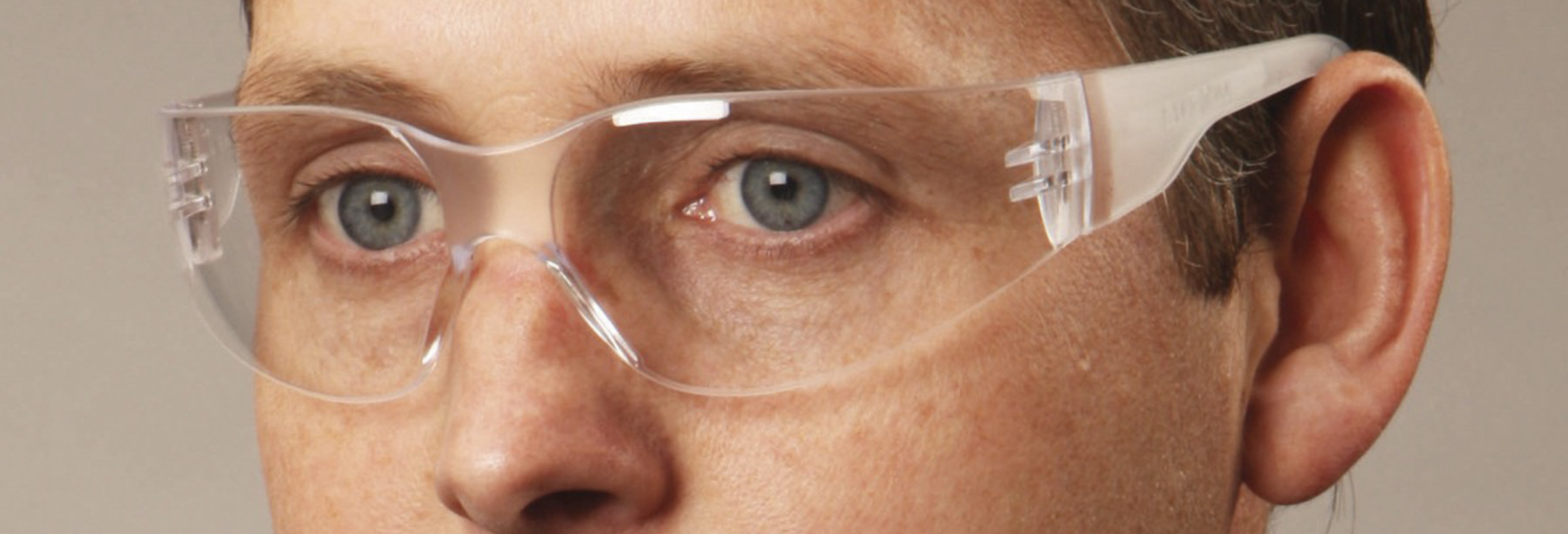Lapidary Equiment
The tools of the trade
Saftey First
Due to safety concerns, proper instruction on equipment use is mandatory for everyone who participates. Lapidary Procedures must be followed. All beginning participants must first take a one class Lapidary Certification Course (or otherwise demonstrate proficiency) and Quiz, which covers lapidary techniques and equipment safety and use.
Have Fun be Safe
 Lapidary involves cutting and carving semiprecious stones and has similar risks as hard stone carving. Stones carvedinclude garnet, jasper, jade, agate, travertine, opal, turquoise and many others.
Lapidary involves cutting and carving semiprecious stones and has similar risks as hard stone carving. Stones carvedinclude garnet, jasper, jade, agate, travertine, opal, turquoise and many others.
Lapidary
Apart from figurative carving, there are three broad categories of lapidary arts. These are the procedures of tumbling, cabochon cutting, and faceting.
Lapidary Saw
Lapidaries use slab and trim saws. The difference is the size blade they use. Trim saws have small, thin blades that remove a minimum of material. Slab saw blades are thicker because they are designed to do heavier cutting. Trim saws use 4” to 6” blades that run between .004” and .012” thick. Slab saw blades run from 6” to 36” with thickness of .025” to .200”.
Grinding Wheels/ Hog
A grinding wheel is very powerful and if you know what you're doing and have the physical strength to press hard continuously, you can really hog off material fast on one of these heavy duty 8 inch grinders spinning a 100 grit diamond wheel.
Polishing Wheels
Once you have completed the major cutting of your stone you will begin to use the Higher and finer grade wheels to remove scratches and evenutaly polish the gemstone. After the hog the next step is sanding with a 220 grit carbide belt on a water cooled sander with expandable rubber drums. The 220 grit belt is used to remove the scratches left in the surface of the cab by the 100 grit diamond wheel. You will eventually work your way up to a 3000-14K grit wheel for final polishing.